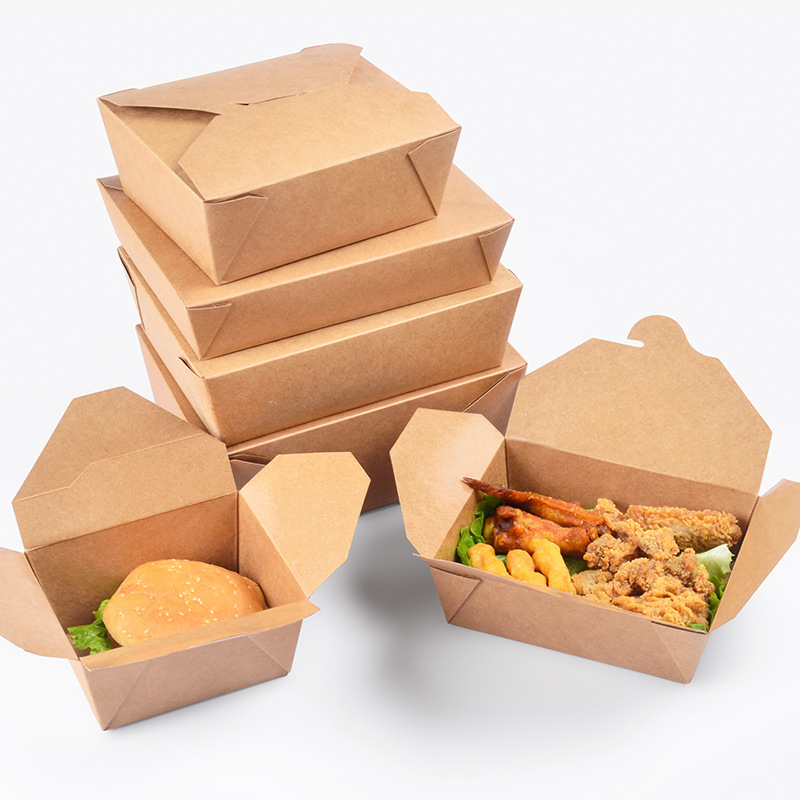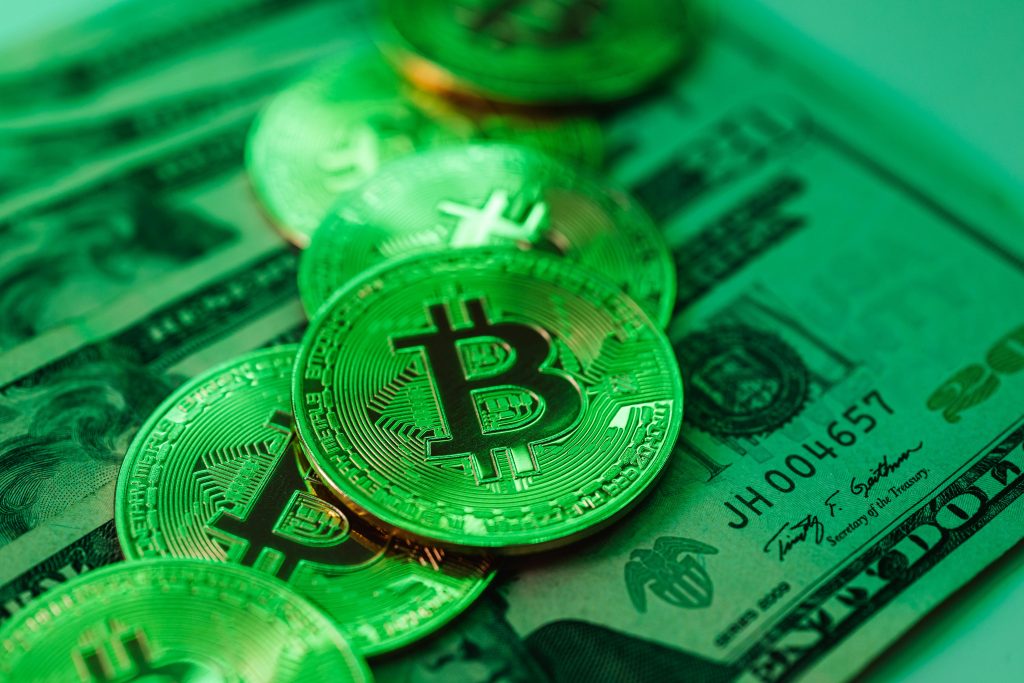Understanding the Debate Between Paper and Plastic Cups
When it comes to serving hot beverages, businesses often face the choice between Paper coffee cups and plastic alternatives. Many coffee shop owners and environmentally conscious customers are asking which option is better for sustainability, convenience, and overall impact on the planet. The discussion is critical because disposable cups are used in massive quantities every day, and their environmental footprint matters. Paper coffee cups have gained popularity in recent years, but are they really the superior choice compared to plastic? Let’s dive deeper into this comparison and understand the benefits and drawbacks of both options.
Why Are Paper Coffee Cups So Popular?
The rise of paper coffee cups is largely due to their convenience and eco-friendly reputation. They are designed to handle hot beverages without leaking, making them ideal for coffee shops, offices, and on-the-go customers. One of the key reasons people prefer paper coffee cups is because they are perceived as biodegradable and better for the environment. Unlike plastic, paper seems natural and less harmful to ecosystems. Additionally, paper coffee cups often come with a thin lining to prevent leaks, ensuring durability and practicality. They are also available in various sizes and designs, making them an attractive choice for branding and marketing purposes.
Environmental Impact of Paper Coffee Cups
While paper coffee cups are often marketed as eco-friendly, the reality is more complex. They are made from paper, which comes from trees, meaning deforestation can be an issue if production is not managed responsibly. Most paper coffee cups have a plastic lining made of polyethylene, which makes them resistant to liquids but also harder to recycle. As a result, many paper coffee cups end up in landfills where they do not decompose as easily as people assume. However, compared to plastic cups, paper coffee cups still have an edge because they are less likely to persist in the environment for hundreds of years.
Plastic Cups: The Other Side of the Story
Plastic cups are lightweight, durable, and often cheaper to produce than paper coffee cups. However, they have a significant environmental drawback—they take hundreds of years to break down and often end up in oceans, harming marine life. While plastic can technically be recycled, the global recycling rate is extremely low, and most single-use plastic cups are not processed correctly. This makes plastic cups a major contributor to pollution and climate change. Compared to paper coffee cups, plastic cups have a much larger carbon footprint over time due to their longevity and reliance on fossil fuels for production.
Which Is Truly Better for the Environment?
When comparing paper coffee cups to plastic cups, it’s clear that both have environmental challenges. Paper coffee cups require tree resources and often have a non-recyclable plastic lining, while plastic cups contribute heavily to long-term pollution. However, paper coffee cups are generally considered the better option because they break down faster than plastic and have a lower impact on wildlife. Moreover, innovations in the production of paper coffee cups are improving their recyclability, making them a more sustainable choice for businesses that prioritize eco-friendly practices.
The Future of Coffee Cups: Sustainable Solutions
While the debate between paper coffee cups and plastic continues, the real solution lies in adopting sustainable alternatives. Many businesses are switching to fully compostable paper coffee cups that use plant-based linings instead of plastic. Others encourage customers to bring reusable cups, reducing single-use waste altogether. If you run a coffee shop or frequently serve beverages, choosing paper coffee cups with certified eco-friendly materials can significantly reduce your environmental impact. As more consumers demand sustainable products, businesses that opt for eco-conscious paper coffee cups will also benefit from a positive brand image.
Final Verdict: Paper Coffee Cups or Plastic?
In conclusion, while neither option is perfect, paper coffee cups are generally the better choice for those who care about the environment. They may not be 100% recyclable in all cases, but their shorter decomposition time and renewable material base make them a more responsible option than plastic cups. By choosing paper coffee cups and supporting innovative solutions, businesses and consumers can work together to reduce waste and protect the planet for future generations.



